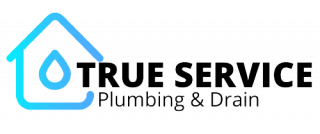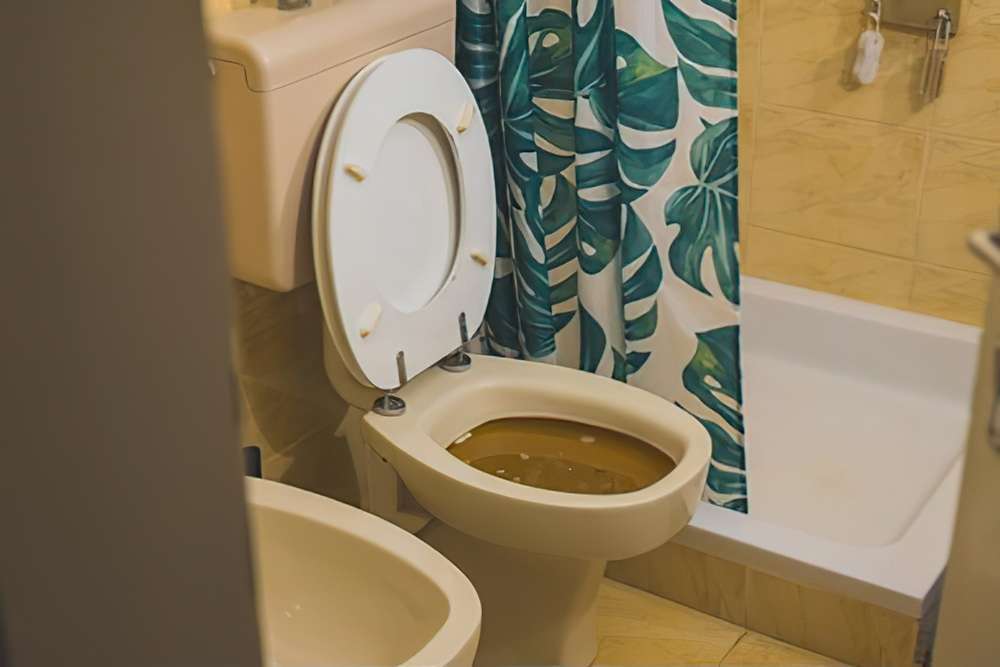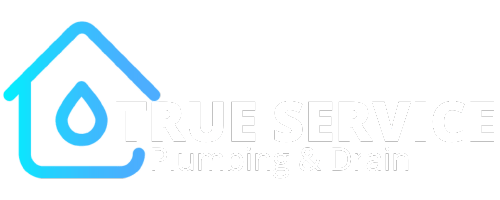Plumbing issues are a major inconvenience to our daily routine. An overflowing toilet, yet, is a terrifying affair!
It’s wet. It’s smelly. It can also be very costly and damaging.
Going to the toilet eats up more time than we’d like to think. For time spent in the bathroom, on average we use the toilet for about one hour and 40 minutes a week.
That’s A LOT of time. This makes the toilet one of the most used plumbing fixtures in your home!
For this reason, when your toilet starts acting up, it tends to be a big deal. Best to get to know and treat your toilet well to avoid preventable issues from happening.
Below, we explore the reasons for toilet overflows, what to do during one and how to prevent them in the future.
What Causes a Toilet to Overflow?
There are can be several possible causes for a toilet overflow. A drain clog, vent blockage, and sewer line issue are the most common causes.
Drain Clog
As toilet’s rely on gravity to function, a drain blockage will force water outwards. Identifying this issue is easy. If water is overflowing from out the bowl and not the tank, it’s likely a clog. To solve this, you will need to clear the clog.
For simple to moderate clogs, a flange plunger will do just fine. Place the flange head over the drain hole, press to form a tight seal and pump. Continue to pump until the clog clears out and normal toilet function returns. If the blockage is deeper down the drain, you will need a drain auger.
If you do not own a drain auger or if the clog is proving to be more than difficult, call your local plumber for some help.
Vent Blockage
Plumbing vents are an essential component to your plumbing system. Toronto households are to maintain working vents under City building codes.
A plumbing vent is a vertical pipe which connects to all plumbing fixtures in your home. They feature a vent outlet, which is usually found outside on the roof, to enable air intake.
It is necessary for air to enter your plumbing system. The air helps to maintain a neutral level of air pressure within the drains. This allows water and waste to flow freely by gravity.
If you have a vent pipe blockage, your plumbing fixtures will not work properly. This is due to a change in pressure within the drains of your plumbing system.
A symptom of a vent pipe blockage is that you will hear gurgling noises from your toilet after flushing. This is due to air stuck in your drain escaping from out the toilet.
Another symptom is your drain either stops draining or drains slowly. This happens because the stuck air inside the drain has made a vacuum seal. This will prevent anything from passing through the drain pipe.
This will result with your toilet being unable to flush correctly, leading to an overflow.
Sewer Line Issues
All the pipes in your home all run to a main sewer line. Sewer clogs may happen from a variety of sources, tree roots being the most common.
If there is an existing crack in your sewer main, roots will be more drawn to it, as they need water to thrive. If a tree root senses any moisture, it will attempt to invade the sewer line pipe and begin to grow inside. Eventually, a whole root system will establish itself in your main sewer line.
Debris will get caught in the roots, and start to accumulate, forming blockages.
Blockages may also form with the accumulation of unflushable material. Material such as wet wipes, hard foods, grease and oils will accumulate and form a clog over time.
If there is a blockage in your sewer main, it will be unable to drain. If wastewater can’t go in one direction, then it will simply go the other way. This will cause a sewer backup.
Sewer water will begin to back out into your home at the lowest point, which is usually the basement. The result of this is basement flooding. If you have any other plumbing fixtures, you’ll see an overflow from those fixtures.
If you experience this, immediately shut your water off from the main switch. Contact your City (311 for Toronto residents) to have them investigate.
What to do When Your Toilet Overflows?
When experiencing a toilet overflow, you must act fast. Clean up right away to keep damages to your home at a minimum.
Do not use any plumbing fixtures at this time. You will want to avoid doing so until you can determine the cause of the overflow. Take your time to assess the situation.
Turn Off The Water
You will want to stop the water from flowing. So the first step is to turn off the water to the toilet. Most times you can find a shut-off valve near the floor, below the tank.
If you cannot find a shut-off valve or can’t turn it off, there is another way to stop water from flowing into the bowl.
Lift the lid from the top of your toilet. Look for the flapper, it looks like a rubber disc. You’ll find this at the bottom of the tank. It’s purpose is to cover a hole that is also at the bottom of the tank. If this hole is open, water will run into the bowl from the tank. Push the flapper down with your fingers to cut water from flowing into the bowl.
If water keeps running, then you will need to shut off water from the main supply line. If your toilet continues to overflow, the issue may lie with your drains or the sewer mains.
With the water supplying your toilet now off, you may begin to attempt to resolve the issue.
Unclog The Toilet
If you have a toilet auger, use it to clear your toilet of a drain if you suspect one. A plunger is not recommended, as if your toilet is overflowing, you’ll make an even larger mess. A toilet auger is much safer to use on a toilet than a drain snake.
They feature a protective plastic sleeve boot, leaving the ceramic bowl scratch free. Toilet augers can access a toilet drain with ease, due to it’s curved body shape.
Insert your auger into the drain hole of the toilet. Begin cranking to uncoil the snake and run it through the pipe. Once you have the auger run all the way through, extract the cable by pulling it out while rotating the handle.
If you suspect the clog may be deeper in your plumbing or more serious, contact your local plumber for assistance.
Clean Up Immediately
Regardless of your success with clearing the clog, you must begin cleaning. Do not allow water to stand on your bathroom floor for long.
The longer water remains, you risk a greater chance of damage to the flooring of your home. Bacteria in the wastewater will soak into the floor and walls quickly. This can be a potential health hazard in the future.
Use a mop, towels, and rags to soak up as much water as you can.
Once you have gotten rid of all the water, you must dry out your bathroom. Doing so will reduce the chances of bacteria and mold from establishing.
We recommend a high power fan for this. House fans can work, but, they will dry at a much slower rate.
If you do not own a high power fan, see if you can rent a few from your local hardware store.
Once everything is dry, you must disinfect your bathroom. Use warm soap and water, and begin washing everything, starting with the floors. Clean even the spots that have not been wet from the overflow.
Use a combination of water and bleach to wipe down everything. You must disinfect your bathroom to kill off any mold and bacteria. This will also help deal with the smell.
How to Prevent Future Toilet Overflows
To prevent future toilet overflows, you should be more mindful with what goes down your drain. Clogs are a common cause for most overflows. Avoiding them will reduce the chances of them occurring.
Your toilet is not designed to handle anything more than bio-waste and toilet paper.
Do not flush material like wet wipes, Q-tips, cotton balls, and other hygiene products. If you have young children, small toys like pieces of Lego can clog a toilet.
You should never flush food down the toilet. A many food types can be a huge problem, especially if it reaches your sewer main. Grease and oils, hard foods, starches can easily accumulate and create blockages.
Toilet Repair With True Service Plumbing
If toilet troubles continue to persist and you are unable to identify the main cause, time to call in the pros.
Our licensed plumbers will assess your home’s plumbing system and determine the root cause of your issue, and perform the services necessary to get your plumbing up and running again.
From clogged toilets, pipe repairs, plumbing fixture installation and replacement, or a total bathroom renovation, True Service Plumbing has your back when it comes to all things plumbing.


